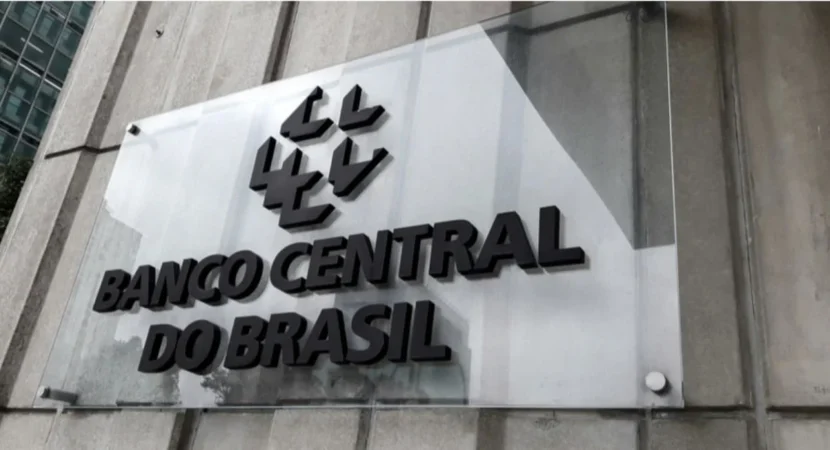
Copom meets tomorrow to decide on Selic. The market has already priced in a cut. Inflation within target and pace of Selic cuts highlighted.
The market expectation is that the Copom will reduce the Selic rate by 0,50 percentage points tomorrow. The question now is about the future pace of interest rate cuts. A cut of 0,50 percentage points has already been priced into the market, following the pace of monetary easing of the last three meetings. As a result, the basic interest rate goes from 12,25% to 11,75% per year. If confirmed, the Selic will return to the same level it was in March 2022. In these last 21 months, the life of the Selic has been exciting: the monetary authority raised the interest rate by another 2 pp, keeping it at 13,75% for a year. The question now is how long the Central Bank should maintain this rate of cuts. Last week, President Roberto Campos Neto warned the most optimistic that the monetary policy game has not yet been won and there are uncertainties in the environment. And he has already left the message: the BC can review the pace of monetary easing. However, he highlighted that he still sees room for cuts of 0,50 pp, but remembers that this is valid 'always two meetings ahead'.
In January, the Selic should be reduced to 11,25%, indicating the continuity of monetary easing by the Monetary Policy Committee. The market expectation is that the Central Bank will reduce the pace of Selic cuts due to two main factors. The first factor is the growth in economic activity above expectations, signaling a clearer slowdown for the Brazilian economy. The second factor is the fiscal risk that returns to the radar of the market and the Central Bank, causing uncertainty regarding compliance with the fiscal target. The issue of fiscal risk becomes a warning factor for the monetary policy adopted by the Copom in the coming months. 'If I had to choose a word to define 2024, it would be discipline permeating prices as the market understands with what level of seriousness the government will act in meeting the fiscal target in the first half of the year', says Roberto Simioni chief economist Blue3 Investimentos.
Copom maintains the basic interest rate at 2,00% per year
Copom, the Central Bank's Monetary Policy Committee, unanimously decided this Wednesday to maintain the Selic rate at 2,00% per year. This is the lowest rate in the Central Bank's historical series, which began in 1986. The decision was expected by the market, which projects that the rate will remain at this level until the end of the year.
According to the note released by Copom, the interest rate cut for such low levels aims to stimulate Brazilian economy, which is suffering the impacts of the coronavirus pandemic. O monetary easing seeks to encourage consumption and investments, helping to boost the Gross Domestic Product (GDP) of the country.
The president of the Central Bank, Roberto Campos Neto, highlighted that maintaining the basic interest rate is in line with the inflation target established by the Committee. The objective is to maintain the HICP within the target, which is 4% for this year.
Furthermore, the Copom highlighted that the pace of Selic cuts may be revised in the future, depending on market behavior and the international scene. The fall in the price of oil and the fiscal risk These are factors that also influence the Committee's decisions.
Diffusion indices and economic numbers from XP Economics show that there are positive expectations for the Brazilian economy, despite the challenges faced. The actions of the Federal Reserve and the strategies of Warren Investimentos also have an impact on the national economic scenario.
Given this context, the Copom remains attentive to the domestic and international scenario, seeking the best strategies to maintain the country's economic stability. The Committee's next meeting is scheduled for August, when new decisions on the basic interest rate will be taken.
Source: moneytimes












